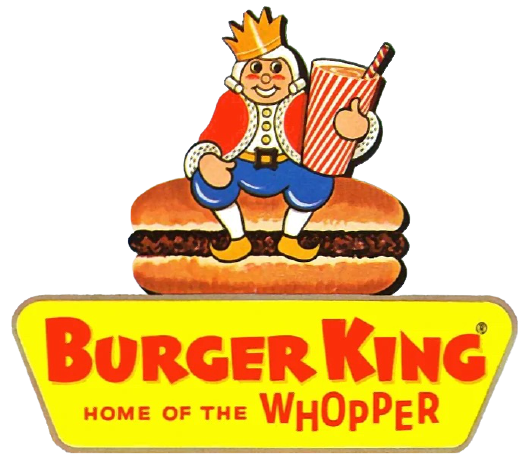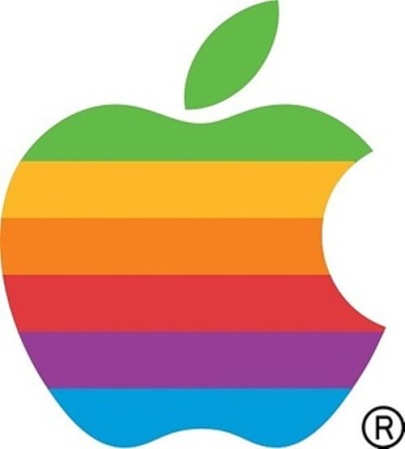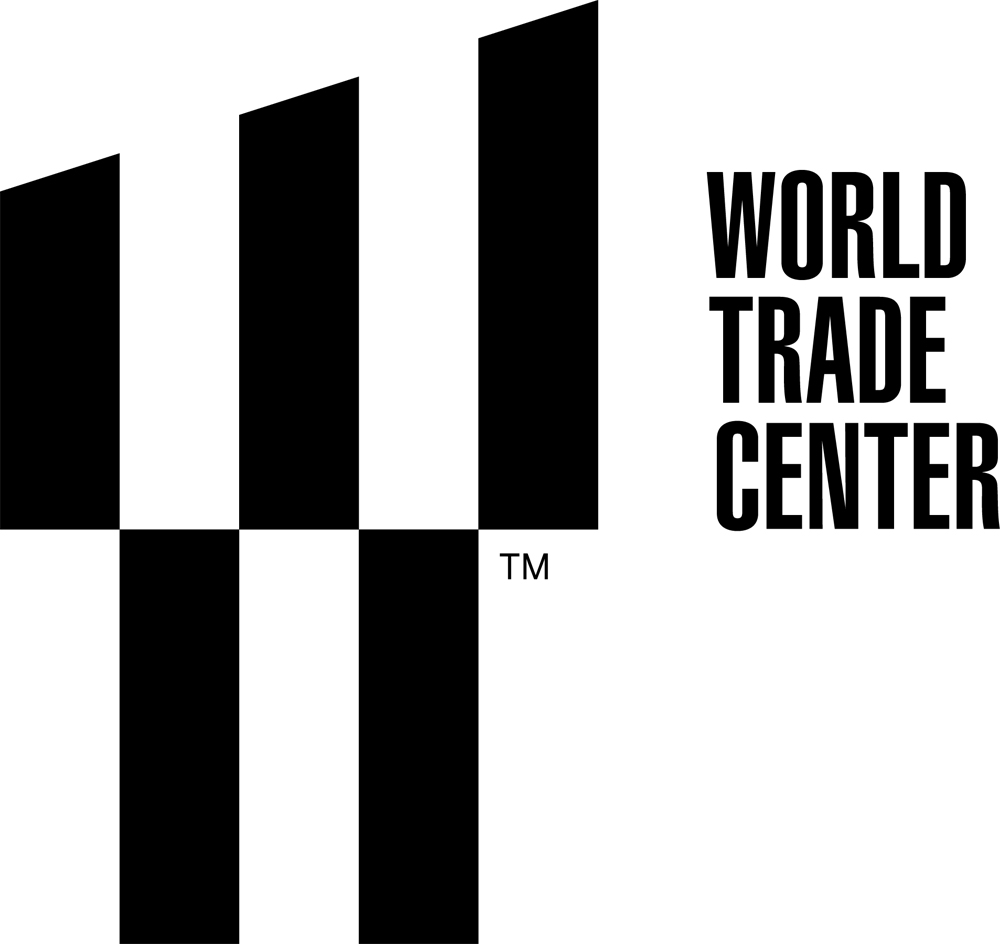This week’s discussion is about the entire design process, rather than being specific about typography. Whether you plan on being an illustrator, a web developer, or a Disney animator, you will be confronted with creative challenges. Solving those problems will be your task, and your education should be focused on learning how to create under many situations.
As you make your way forward in your design career, you will continually encounter the term design thinking. Seems self-explanatory, but if you imagined that design thinking was simply the way designers go about creating, then you’ve been missing the benefits of engaging fully in the design process.
Award-winning global design firm IDEO describes design thinking as being
“about believing we can make a difference, and having an intentional process in order to get to new, relevant solutions that create positive impact. Design Thinking gives you faith in your creative abilities and a process for transforming difficult challenges into opportunities for design.”
As designers, we are constantly honing our own design process. How do you work best? In long continual stretches? In fits and starts? Beginning with sketches? Letting your subconscious mull over the design problem?
Whatever your process, it’s what puts design thinking into action.
Again, according to IDEO, design thinking “has five phases (of) development, from identifying a design challenge to finding and building a solution.
Good design thinkers observe. Great design thinkers observe the ordinary.
At least once this week, stop and take a second look at some ordinary situation that you would normally look at only once (or not at all)—as if you were a detective at a crime scene. Be curious about the familiar things we normally take for granted. Why are manhole covers round? Why is my son/daughter heading off to school dressed like that? How do I know how far back I should stand from the person in front of me in line?
Make notes so you can write about it.
Craft at minimum two short paragraphs detailing what you saw, smelled, heard, felt, and/or thought. If you noticed that manhole covers were all round, move in closer to see the cover in more detail. Is there a pattern on it? Why? Does there seem to be a way to get the cover easily (but not too easily) open? If necessary, do some research to see if you can discover the answer(s). What’s the history of manhole covers? Where are they made? Are they different in different regions, states, or countries? What kinds of things are hidden under manhole covers?
Deeply investigate (and cite your references), but make certain that you are putting in time observing one of these ordinary things. Don’t just glance… study.
If the first thing you stop to observe turns out to be less than interesting, either dig deeper into the subject (get down close to it, use a magnifying glass or other tool to help you learn more)… or find another ordinary object to observe.
Complete your observation and write about it by end of day Thursday (extra day due to the Monday holiday). Reply by the end of the week.
For your reply, pick one of your fellow students’ observations and do your own observation or research and add to the knowledge pool. What did you discover that is odd or extraordinary or fascinating about this ordinary thing? Write at least another paragraph (more than a couple of sentences) explaining what you learned.
This and all of the blog posts are critical thinking exercises, and will be graded on the thought that went into the discussion. You will also be graded on grammar, spelling, capitalization, and punctuation. (It’s a typography class.) Please do not gloss over your communication skills.















.jpg)









.jpeg)








.jpg)











